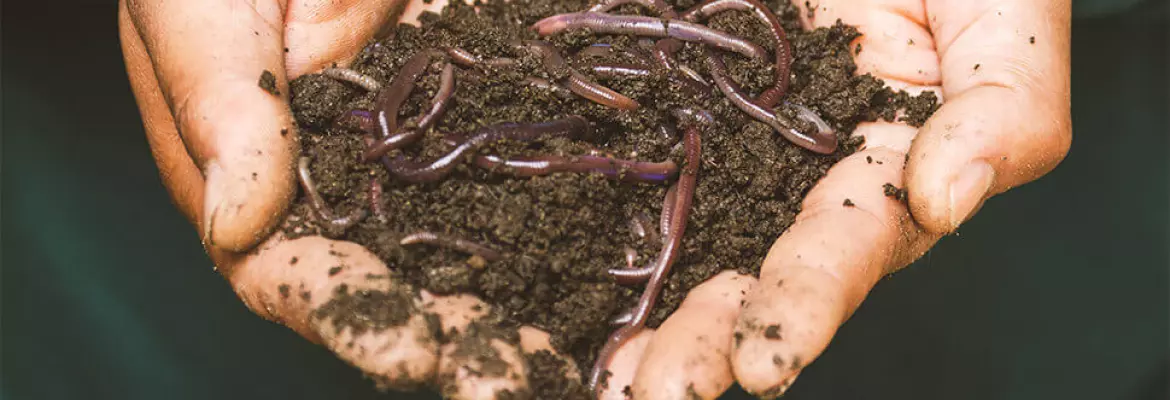
Soil is a complex environment. It has to be able to support abundant and diverse biological life in order to be resilient and provide crops with what they need.
Far from being inert, soil is rich with living organisms, including micro-organisms (bacteria, fungi, etc.) and macro-organisms (earthworms, insects etc.).
Soil can be considered living so long as living organisms and organic matter are present with the minerals. Biological activity is essential for structuring and airing the soil. For instance, earthworms mix soil up which improves the deep-down structure. Micro-organisms recycle organic matter and create cohesion between the particles in the soil. Biological-rich soil is less sensitive to erosion, packing, and slating.
Water retention is also better. Macro-fauna, such as earthworms, are essential for improving soil structure. Their burrowing promotes water circulation.
Crops also need the biological life in the soil for nutrition as the different organisms decompose the organic matter. For example, earthworms consume cellulose, and fungi attacks lignin. This leads to the mineralisation of organic matter and the release of nutrients that plants can assimilate. Micro-organisms form the rhizosphere, a sort of film, around roots. This is where nutrients are exchanged between soil and plant. The richer the soil is in organic matter the better the environment for crop growth.
Making the right choices in cultivation techniques
The choice of cultivation method, in terms of crop rotation and tillage, has a major impact on the biological life of the soil. Short-duration crops that require intensive tillage harm the soil’s biodiversity and equilibrium.
Tillage tools tend to create horizontal layers in the ground that act as barriers to water and mineral circulation, and hinder root development. On the other hand, Minimum Tillage Methods are renowned for revitalising the soil and improving fertility.
No-plough techniques contribute to increasing organic matter content in the surface layers which makes the soil more structurally stable and rich in biodiversity. In addition, these techniques don’t disturb the living environment of micro-organisms.
Cover crops and residues are also beneficial for biodiversity by providing nutritional resources and preserving humidity in the soil.

Know your soil
In order to make the right decisions it is important to know your soil’s properties. A soil analysis will inform on the physical and chemical properties as well as the content of organic matter.
Organic matter is specific to living organisms, both plant and animal.
It is rich in carbon, nitrogen, hydrogen, and oxygen.
There are five main macro-elements (S, P, K, Ca, and Mg) and about twenty trace elements (Cu, Fe, Zn, Co, Mo, etc.), present in low concentrations (less than 0.1 % of dry matter). Analysing the content of organic matter and calculating the C/N ratio makes it possible to evaluate its decomposition speed and assimilation capacity.

Healthy soil:
- Uniform porosity,
- High content of organic matter,
- Rich in carbon,
- Intense biological activity,
- Good structure (no compaction or plough pan).
